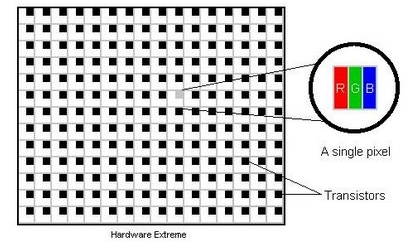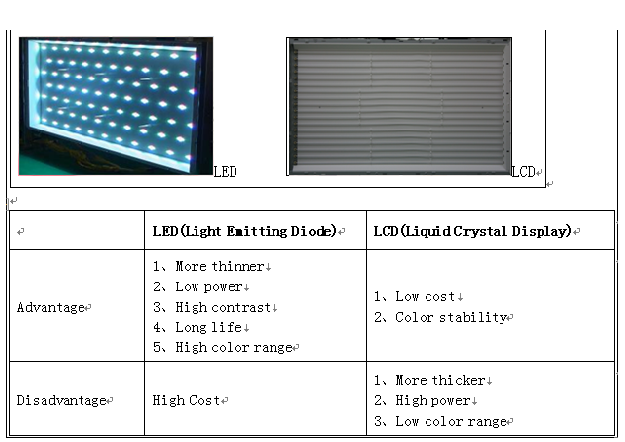

1. What is the different between FULL HD and HD?
| Image Resolutio | Picture Quality | |
| FULL HD | 1920*1080 | 207 ten thousand pixels |
| HD | 1366*768 | 105 ten thousand pixels |
1) Full-HD is the short for Full High Definition, 1920 x 1080(including 1080i and 1080p) pixels, i is interlace, p is progressive, 1080p is higher picture quality than 1080i.
2) HD is the short for High Definition, both horizontal and vertical scanning come up to 720 can be called HD TV.
2. What is HDMI
High-Definition Multimedia Interface, HDMI is an efficient and compact way of transferring audio / video signals from an HDMI compliant device to another compatible device, for example : Smart TV, Smart Phones, Video Projector or Computer Monitor.
3. What are Pixels
A pixel (picture element) is the smallest piece of information in an image. Pixels are normally arranged in a regular 2-dimensional grid, and are often represented using dots or squares. Each pixel is a sample of an original image, where more samples typically provide a more accurate representation of the original.

The intensity of each pixel is variable in color systems, each pixel has typically three or four components such as red, green and blue, or cyan, magenta, yellow and black.
4. What is Screen Resolution
The Resolution of a CAIXUN television or display device is the number of distinct pixels in each dimension that can be displayed. The displayed resolution is controlled by all different factors in cathode ray tube (CRT), flat panel or projection displays using fixed picture-element (pixel) arrays.

It is usually quoted as width × height, with the units in pixels: for example, "1024 × 768" means the width is 1024 pixels and the height is 768 pixels
Televisions are of the following Resolutions as follows :
Standard-definition television (SDTV) :
l 480i (NTSC standard uses an analog system of 486i split into two interlaced fields of 243 lines)
l 576i (PAL, 720 × 576 split into two interlaced fields of 288 lines)
Enhanced-definition television (EDTV) :
l 480p (720 × 480 progressive scan)
l 576p (720 × 576 progressive scan)
High-definition television (HDTV) :
l 720p (1280 × 720 progressive scan)
l 768p ( 1366X768 progressive scan)
Full High-definition television (FHDTV ) :
l 1080i (1920 × 1080 split into two interlaced fields of 540 lines)
l 1080p (1920 × 1080 progressive scan)
Ultra-high-definition television (UHDTV) :
l 2160p/4K (3840 × 2160 progressive scan)
l 4320p/8K (7680 × 4320 progressive scan)
5. What is DLNA (Digital Living Network Alliance)?
1) DLNA (Digital Living Network Alliance) is a standard used by manufacturers of consumer electronics to allow entertainment devices within the home to share their content with each other across a home network without a complicated configuration process.
2) Some striking features of DLNA are
l The Digital Living Network Alliance is an international, cross-industry collaboration of consumer electronics, computing industry and mobile device companies.
l Members of DLNA develop a concept of wired and wireless interoperable networks where digital content such as photos, music, and videos can be shared through consumer electronics (CE), personal computers (PCs), and mobile devices in and beyond the home.
l The current guidelines expand the capabilities of the DLNA-defined network to include more device classes and functional capabilities—including printers, mobile devices, controllers, uploaders and downloaders.
6. What is the benefit of LED over LCD ?

7. Which cable is the best to connect DVD or Computer to TV
HDMI is the best cable; HDMI can transport digital video and digital audio together
8. Network Bandwidth Recommendation for Netflix, Generally, the network bandwidth requirements are as follows
1) Recommended SD speed (standard definition) - > 3 Mbps
2) Recommended HD (high definition) speed - > 5 Mbps
3) Recommended Ultra HD / 4K speed - >25 Mbps
You can test download speed by visiting SpeedTest.net or Speed Of. Me.
Please ensure your network bandwidth meets the minimum speed requirements. If your network bandwidth cannot meet the requirements, please contact your Network Agency to check for your network bandwidth.